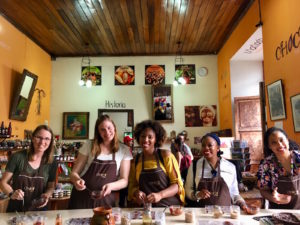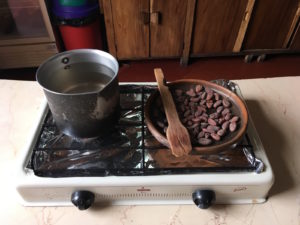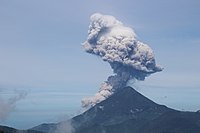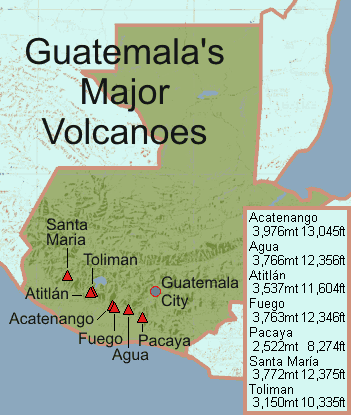How to make chocolate
May 12th, 2018 at 10:47 am (Cooking, Travel)
While in Guatemala, I took a class called the Bean to Bar workshop at the ChocoMuseo in Antigua. This two-hour delight really did go from how cacao grows – to how beans are extracted from the pods, dried, and roasted – to how the cacao nibs are removed, crushed, ground, mixed with other things, and aerated – to make what we call chocolate.

We learned that the ground cacao paste does not become “chocolate” until it is mixed with some sugar. So 100% dark chocolate doesn’t exist; it is 100% cacao :) (and nearly inedible, even for chocolate lovers!)
Quite possibly the most challenging step was when we each took a turn stirring and roasting the beans, which was when our friendly host asked each of us to tell us something about ourselves (in Spanish!). He got really excited about my job at JPL and wanted to know if we’d found life beyond the Earth :)

We roasted cacao beans, then split them open to get the nibs out.
Grinding was a frenzy accompanied by a group chant: “Choco, choco, la-la! Choco, choco, te-te! Choco-la, choco-te, choco-la-te!” Aerating the mixed chocolate by pouring it back and forth between two pottery carafes was also tricky to do without spilling!
We made two kinds of hot chocolate (drink): Mayan (cacao, water, chili, honey, and BLOOD) and European (cacao, milk, sugar, no blood). We used spices instead of blood :) and most agreed that the Mayan was more tasty than the European.
 Next, we poured chocolate (I chose 70% dark) into individual molds and added flavorings as desired – I went for cinnamon, mint, cashews, ginger, orange slices; others chose cayenne, salt, gummy bears (?!), and other options I’ve forgotten. Mine turned out tasty, but SUPER intense, and sort of crumbly, possibly due to its dark level and lack of wax/gum/binders/whatever they put in store-bought chocolate.
Next, we poured chocolate (I chose 70% dark) into individual molds and added flavorings as desired – I went for cinnamon, mint, cashews, ginger, orange slices; others chose cayenne, salt, gummy bears (?!), and other options I’ve forgotten. Mine turned out tasty, but SUPER intense, and sort of crumbly, possibly due to its dark level and lack of wax/gum/binders/whatever they put in store-bought chocolate.
We also made chocolate tea. It turns out that you can steep the cacao bean shells (from which the nibs were removed) in hot water and make a tea that tastes like a cross between coffee and tea :) I brought home some of this “tea” with a cinnamon flavor. Yum!


